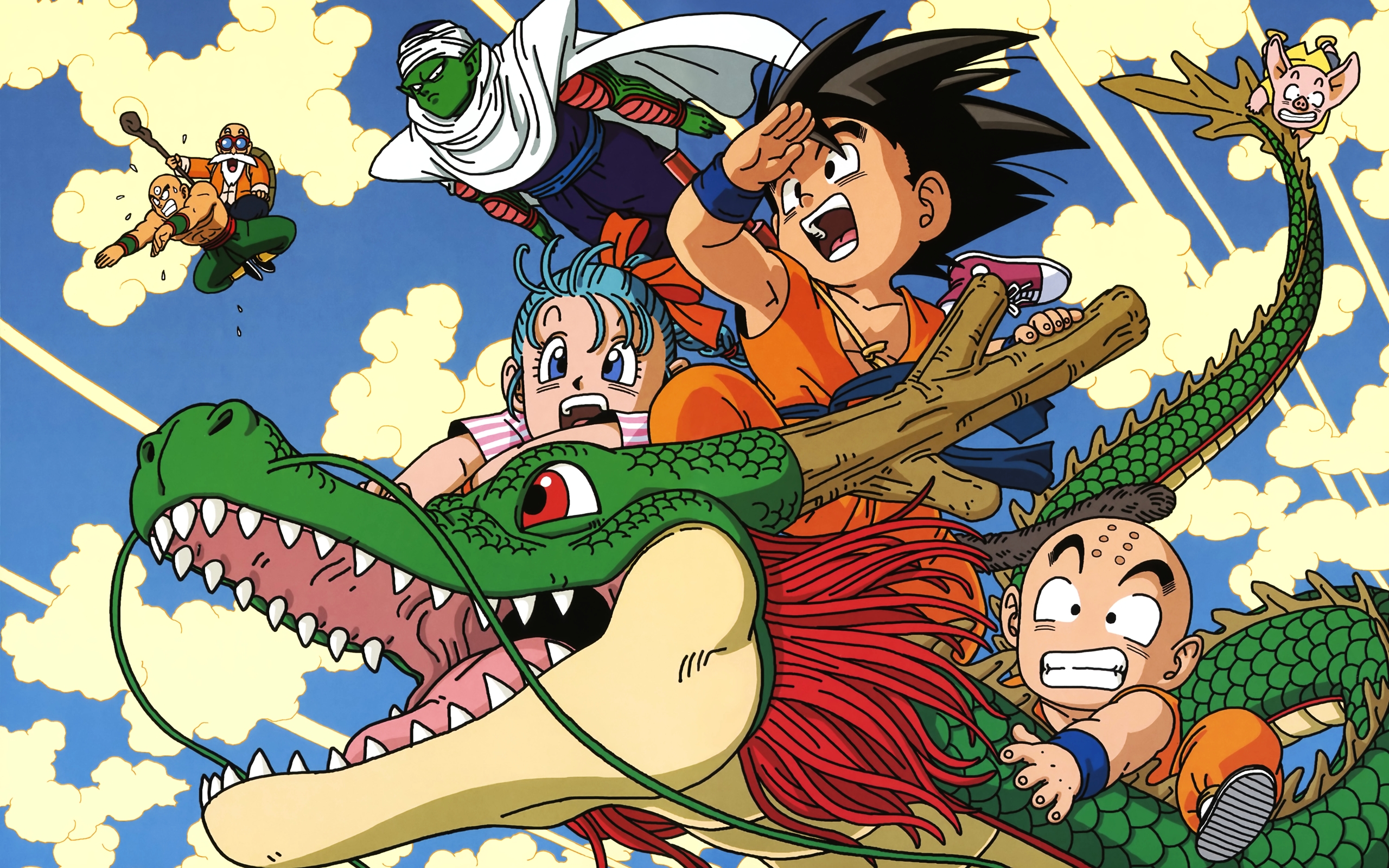Signed, Sealed, Delivered
Remember those TED talks we used to watch in classes, and still sometimes do. Those were some of the most interesting and effective speeches and presentations that I have seen. I decided to watch some TED talks and try to make my presentation as interesting as theirs.
| Ken Robinson's TED talk "Do Schools Kill Creativity?" is regarded as one of the best speeches ever given on TED. |
What I realized is that their speeches are a series of stories. Now, I can’t simply tell stories, because the College Board will destroy me for that (see title of Ken Robinson’s speech above). So I decided to convert my literature review into a story, but keep the basic structure of the other parts of my paper the same. I had to rewrite and reorganize my entire literature review in a way that I could show the academic gap and context around the question, while still “tying evidence to claims” as the College Board’s rubric wants.
Like I said, my literature review was the only part of my paper that really needed to be modified for my presentation. The other three sections in my paper followed a similar structure in my speech. But, in order to satisfy Rubric Row 3, I decided to add an entire section talking about my original hypothesis/ideas and how they were changed/challenged by my results. Another thing that I added was a terrible story at the beginning of the presentation which I am hoping to use to hook my audience. It is supposed to be funny, but if you don’t find it funny, please just say so—it is not really a necessary part of my presentation, I was just hoping to add some flavor to my presentation (for Rubric Row 4).
My biggest concerns for my script is its length. I currently have around 2800 words, which I think is too much for 15 minutes, so please feel free to point out any places that are unnecessary or too wordy. Also, I am worried that because I know so much about my topic, that my speech could be too confusing. So again, if you feel like I am missing some parts or claims, just point it out and I will try my best to fix it.
Overall, I am very happy that we have moved on from our paper. Although my paper is not perfect, I think my paper is still a lot better than it was two weeks ago, thanks to all the feedback I got from my peers. Although I am extremely nervous for the presentation, I can’t wait for that day to come so it can all be over!
Word Count: 444








